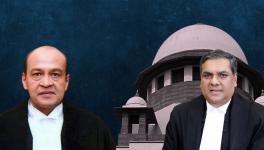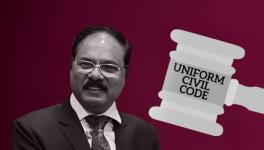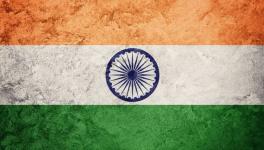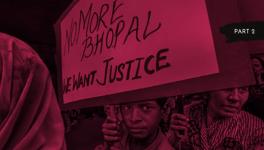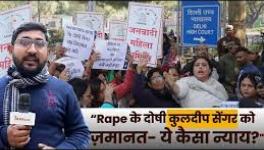Disquiet Over SC Extending ‘Creamy Layer’ Principle to SCs/STs
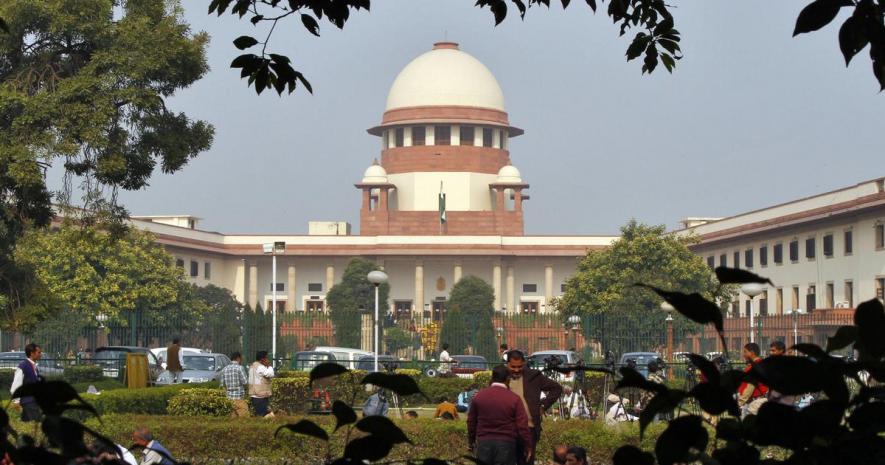
In a historic decision, a five-judge Constitution bench of the Supreme Court comprising Chief Justice Dipak Misra and Justices Kurian Joseph, R F Nariman, Sanjay Kishan Kaul and Indu Malhotra on Wednesday ruled that the "creamy layer exclusion" principle, which was till date applied only to OBCs, can now be extended to Scheduled Castes (SCs) and Scheduled Tribes (STs). While spelling out the judgment, the bench explained that this was done to deny reservation to the "elite" among the two underprivileged communities, making the principal of equality the central focus.
The Court remarked:
"The whole object of reservation is to see that backward classes of citizens move forward so that they may march hand in hand with other citizens of India on an equal basis."
The move by the Court to shift the reservations of the SCs and STs from one essentially rooted in caste discrimination to one dependent on economic criteria is a significant departure from how the issue has been viewed in the past. The bench went on to argue that introduction of the creamy layer is primarily done in order to attain the outcome of equality. Adding to its stance, the judgement reads- “This (Equality) will not be possible if only the creamy layer within that class bag all the coveted jobs in the public sector and perpetuate themselves, leaving the rest of the class as backward as they always were.”
Commenting on the judgment, U. Arvind, a research scholar at Jawaharlal Nehru University (JNU) explained, “The judgement today has shown that the court is incorporating the idea of the creamy layer as a principle of equality, something that can then be applicable to all communities, this is the biggest error in the judgment.”
What is the Creamy Layer principle?
‘Creamy layer’ principle is one of the parameters to identify the backward classes. Till now, this was only applicable for reservations under the Other Backward Classes (OBC) quota. Dalits and Adivasis were excluded since it was argued that the backwardness was based purely on untouchability for which economic improvement was not a remedy.
On Wednesday, however, a Constitution bench decided to effect a major change in this stand. The court argued that Dalits and Adivasis in the “creamy layer” have broken the stigma of untouchability. Hailing this, the court also ruled that M Nagaraj v. Union of India which deals with reservations for promotions for the SC/ST community need not be referred to a seven-judge Constitution Bench. The Bench held that the judgment in Nagaraj (2006) is wrong to the extent that it directs the collection of quantifiable data for providing reservations. Until now, under the purview of this judgment, four conditions were applicable to the SC and ST communities as far as their reservation in promotion was concerned which included issues such as backwardness, inadequate representation, cap on reservation and efficiency.
Besides upholding the concept of creamy layer for the SC/ST communities, the Court also stated that the precursor of collecting quantifiable data to determine backwardness of the SC/ST communities as laid down in the Nagaraj judgment was bad in law. Additionally, the Court also held that the application of creamy layer principle to the SC/ST communities by courts does not go against Articles 341 and 342, and the Presidential list which enumerates the Scheduled Castes and the Scheduled Tribes. It will only exclude those individuals from availing the benefit of reservation who have come out of untouchability or backwardness on account of belonging to the creamy layer. Commenting on this, a Dalit student on the condition of anonymity pointed out to NewsClick, “This understanding remains reductionist as it does not incorporate the concept of social backwardness that we suffer.”
Previously, the Indira Sawhney judgment had excluded Scheduled Caste and Scheduled Tribe quotas from the “creamy layer” test. This was also stated by a bench of five Supreme Court judges in 2005 (EV Chinnaiah vs State of Andhra Pradesh and Others). In the 2008 Ashok Kumar Thakur judgment, the Supreme Court held:
“‘Creamy layer’ principle is one of the parameters to identify backward classes. Therefore, principally, the ‘creamy layer’ principle cannot be applied to STs and SCs, as SCs and STs are separate classes by themselves.”
However, on Wednesday, the Court argued that the Ashok Kumar Thakur judgement was incorrect and the creamy layer is a question of equality. As a result, “when applying the principles of equality under Articles 14 and 16 of the Constitution of India”, the Court is empowered to exclude the creamy layer from Dalit and Adivasis for the purpose of reservations. Speaking with NewsClick, Advocate Nitin Meshram added, “Interpretation heralded by the SC does not substantiate the claims of the Constitution which proclaims equality, therefore, the judgment is not in cognisance with the Constitution.”
Get the latest reports & analysis with people's perspective on Protests, movements & deep analytical videos, discussions of the current affairs in your Telegram app. Subscribe to NewsClick's Telegram channel & get Real-Time updates on stories, as they get published on our website.













